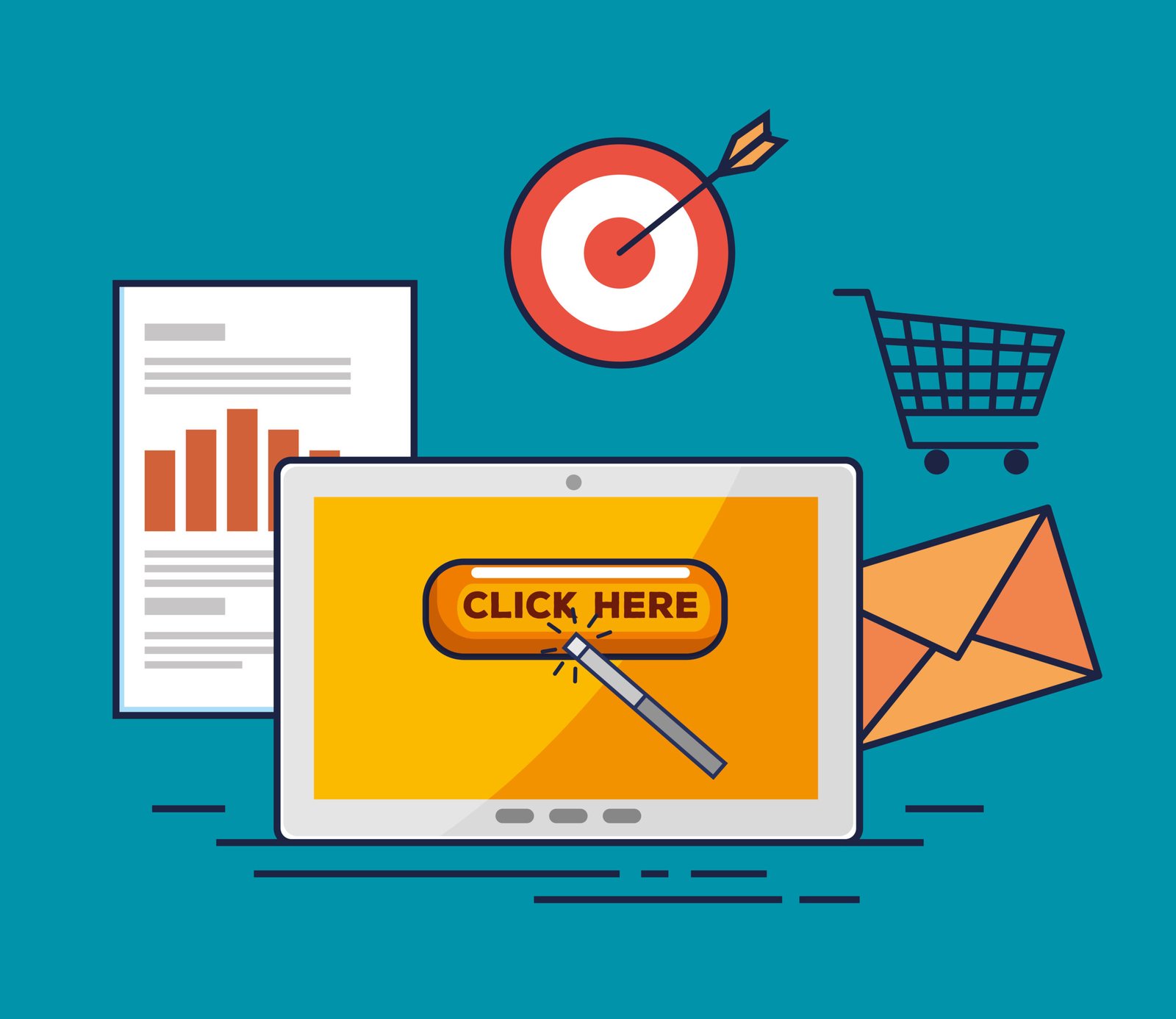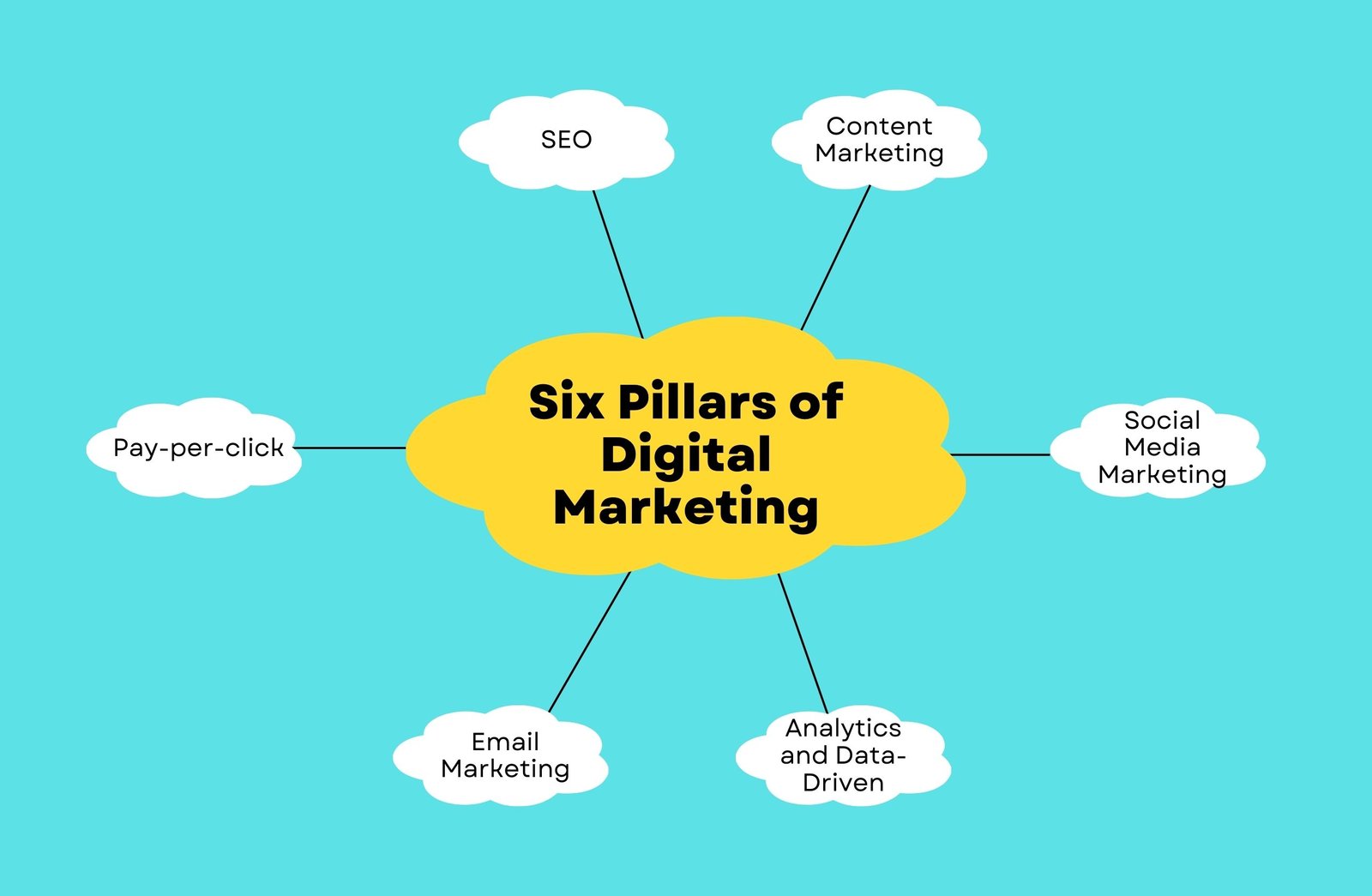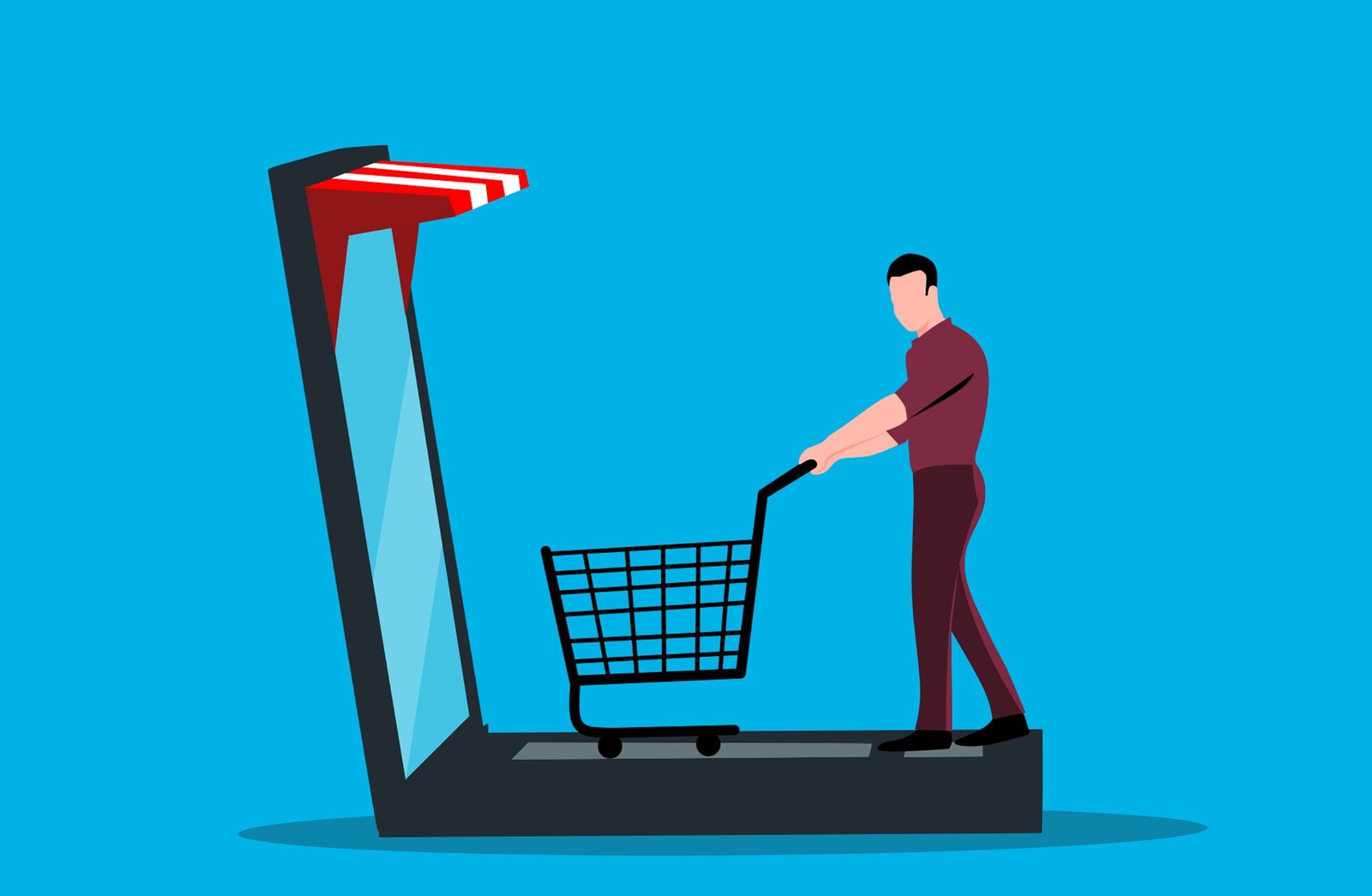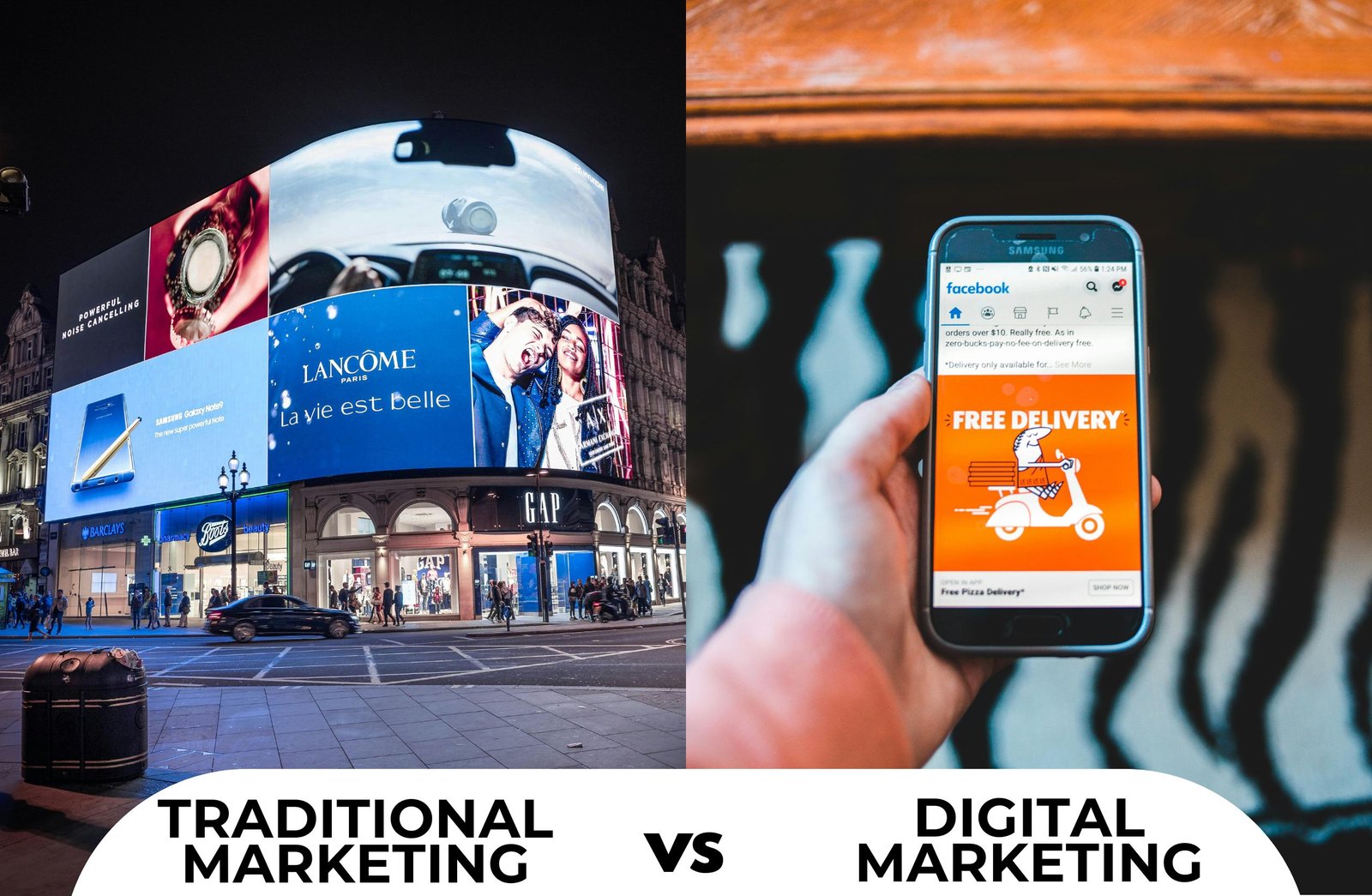The Power of Retargeting Ads: How to Bring Back Lost Customers
In today’s competitive digital landscape, customer acquisition is challenging and costly. However, what if we told you that you could reconnect with customers who have already shown interest in your products or services? That’s where retargeting ads come into play.
Retargeting, or remarketing, is a powerful tool for small businesses looking to convert abandoned leads and recover lost customers. In this comprehensive guide, we will explore what retargeting ads are, how they work, and why they are a game-changer for small businesses aiming to increase conversions and maximize their ROI.
What Are Retargeting Ads?
Retargeting ads are digital ads shown to users who have previously visited your website but didn’t complete a desired action, such as making a purchase, signing up for a newsletter, or filling out a contact form. These ads “follow” users across other websites and social media platforms, reminding them of your products or services.
For any digital marketing company, Retargeting ads allow businesses to reconnect with potential customers already familiar with your brand, making them a powerful tool for conversion optimization.
Retargeting ads can significantly improve ad efficiency and cost-effectiveness for small businesses. Let’s explore how this advertising technique works and how small businesses can leverage it for better results.
How Do Retargeting Ads Work?
Retargeting ads work based on the user’s previous behavior on your website. When someone visits your site, a tracking pixel (usually through platforms like Google Ads or Facebook Ads) is placed on their browser. This pixel collects data about the user’s interactions with your site.
Once they leave your website, the retargeting platform uses this data to show relevant ads to them as they browse other websites or scroll through their social media feeds. The goal is to remind users of the products or services they viewed, encouraging them to come back and complete the desired action.
Example of Retargeting Ad Strategy:
- A visitor visits your online store and views a specific product but does not make a purchase.
- Later, while browsing the web or checking their Facebook feed, they see a retargeting ad for the same product, reminding them of the item they left behind.
- The ad includes a special offer (such as a discount or free shipping), enticing the customer to return and finalize the purchase.
Why Are Retargeting Ads Important for Small Businesses?
1. Increase Conversion Rates
The primary benefit of retargeting ads is that they significantly increase the likelihood of converting a lost visitor into a paying customer. According to a study by Criteo, retargeting ads can increase conversion rates by as much as 147% compared to standard display ads.
Retargeting ads help businesses build a strong online presence by ensuring that their brand remains visible to potential customers, increasing the likelihood of conversion.
2. Improve ROI (Return on Investment)
Retargeting is one of the most cost-effective strategies for small businesses regarding ad spend. Traditional advertising methods may target a broad audience, but with retargeting, you’re focusing on users who have already shown interest. This makes retargeting ads a low-cost, high-return investment that improves overall ad performance.
Since you’re targeting a more specific audience, the cost per click (CPC) and cost per acquisition (CPA) for retargeting campaigns tend to be lower than for cold traffic campaigns. As a result, you can maximize your marketing budget and achieve better advertising efficiency.
3. Boost Brand Awareness and Recall
Even if a user doesn’t immediately convert, seeing your retargeting ads multiple times can increase brand awareness and recall. Retargeting ads remind users of your brand, reinforcing your presence in their minds. This repeated exposure keeps your business top-of-mind, which can lead to future conversions.
4. Customized Ads for Different Segments
Retargeting isn’t a one-size-fits-all solution. One of the key advantages of retargeting ads is the ability to segment your audience and show them tailored ads based on their specific actions on your website. For example:
Cart Abandonment
Show ads to users who added items to their shopping cart but didn’t complete the purchase. Offer a discount or free shipping to encourage them to do so.
Page Views
If a visitor viewed specific products or service pages, you can target them with ads related to those items, providing additional details, promotions, or customer testimonials.
Lead Nurturing
Show ads to users who have signed up for a free trial or downloaded a resource (like an eBook) with an offer to upgrade to a paid version or schedule a consultation.
Key Retargeting Ad Platforms for Small Businesses
While Google Ads and Facebook Ads are two of the most popular platforms for retargeting campaigns, there are other options to explore as well. Here’s a breakdown of the top retargeting ad platforms:
| Platform | Best For | Features |
| Google Ads | Website visitors across all websites and Google Display Network | Display ads, Search ads, and YouTube ads |
| Facebook Ads | Social media retargeting and lead nurturing | Custom Audiences, Dynamic Ads, Instagram ads |
| AdRoll | Multi-platform retargeting, particularly for e-commerce | Cross-device retargeting, Dynamic Product Ads |
| LinkedIn Ads | B2B businesses and professional services | LinkedIn retargeting, Lead Gen Ads |
| Twitter Ads | Engaging users on Twitter and other apps | Tailored Audiences, Video Ads |
The Role of SEO in Retargeting Ads
Integrating SEO with retargeting ads enhances your overall digital strategy by ensuring that your site attracts the right audience organically. By targeting users already searching for your products or services, SEO lays the foundation for more effective retargeting campaigns, resulting in higher conversion rates and better ad performance.
Best Practices for Retargeting Ads
To maximize the effectiveness of your retargeting campaigns, consider these best practices:
1. Segment Your Audience
By segmenting your audience based on their interactions with your website, you can strategically tailor your retargeting ads. This approach ensures that you’re not showing the same ad to every visitor, but rather, you’re delivering a more personalized and effective message.
- High-Intent Visitors: Visitors who spent significant time on your site or viewed multiple pages might be more likely to convert with a special offer or limited-time discount.
- Low-Intent Visitors: For users who visited your site briefly or viewed just one product, focus on brand awareness and remind them of what they viewed.
2. Set Frequency Caps
While retargeting ads can be highly effective, bombarding users with too many ads can lead to ad fatigue and annoyance. Setting frequency caps provides a sense of relief, ensuring that your ads are shown to users in a balanced and non-intrusive manner.
3. Use Compelling Ad Creative
To stand out, ensure your ads are visually appealing and relevant. Use high-quality product images and compelling call-to-action (CTA) phrases like “Get 10% Off Now” and create urgency with words like “Limited Offer” or “Last Chance.” For instance, a high-quality image of the product with a bold ‘Limited Offer’ tag can be a compelling ad creative.
4. Personalize Your Ads
The more relevant your ad is to the user, the more likely they will engage with it. Personalized ads based on a visitor’s behavior can have a much higher conversion rate. For example, if a user adds a product to their cart but doesn’t complete the purchase, show them an ad for that product with a discount.
5. Test and Optimize Your Ads
Retargeting campaigns require ongoing testing and optimization. This process empowers you to take control of your ads, allowing you to continuously monitor their performance and experiment with different ad creatives, ad copy, and audience segments. Use A/B testing to compare variations and optimize based on conversion rates and ROI, giving you the confidence that your ads are performing at their best.
The Impact of Retargeting Ads on Conversion Rates
Example of Conversion Impact:
| Visitor Action | Conversion Rate | Without Retargeting | With Retargeting |
| Visited Product Page | 2% | 2% | 5% |
| Added Product to Cart | 10% | 10% | 25% |
| Abandoned Checkout | 1% | 1% | 15% |
As you can see, retargeting ads can dramatically improve conversion rates and overall ROI by re-engaging visitors already familiar with your brand.
Final Thoughts
Retargeting ads are a powerful tool for small businesses looking to bring back lost customers, increase conversions, and improve their return on ad spend (ROAS). By targeting users who have already shown interest in your products or services, you can increase the likelihood of conversion and maximize the impact of your advertising budget.
By using platforms like Google Ads, Facebook Ads, and AdRoll, and implementing best practices like audience segmentation (dividing your audience into smaller, more targeted groups based on their behavior or demographics) and personalized ad creative (creating ads that are tailored to each segment), you can increase the likelihood of conversion and maximize the impact of your advertising budget.
Using platforms like Google Ads, Facebook Ads, and AdRoll, along with best practices like audience segmentation and personalized ad creative, you can effectively engage potential customers and turn them into loyal buyers. Retargeting ads not only help you reconnect with people who have already interacted with your brand but also give you a chance to nurture relationships over time, improving customer retention and brand loyalty.
Key Takeaways:
Higher Conversion Rates
Retargeting ads help you reach users familiar with your brand, increasing the chances they will return and complete a purchase.
Cost-Effective Marketing
Compared to traditional advertising, retargeting ads often offer lower CPC and higher ROI, making them an excellent option for small businesses on a budget.
Brand Recall:
By consistently showing relevant ads to past visitors, you keep your brand at the top of your mind, leading to higher brand recall and eventual conversions.
With retargeting, you can create highly personalized ad campaigns, targeting specific user actions such as cart abandonment or product page views. For instance, if a user adds a product to their cart but doesn’t complete the purchase, you can show them an ad reminding them about the product. This ensures your ads are more relevant and compelling, increasing the chances of conversion.
Analytics and Optimization
Retargeting ads provide valuable insights that help you track performance, adjust strategies, and continually optimize your campaigns for better results. This level of control and the ability to make data-driven decisions can make you feel more strategic and in control of your advertising efforts.








